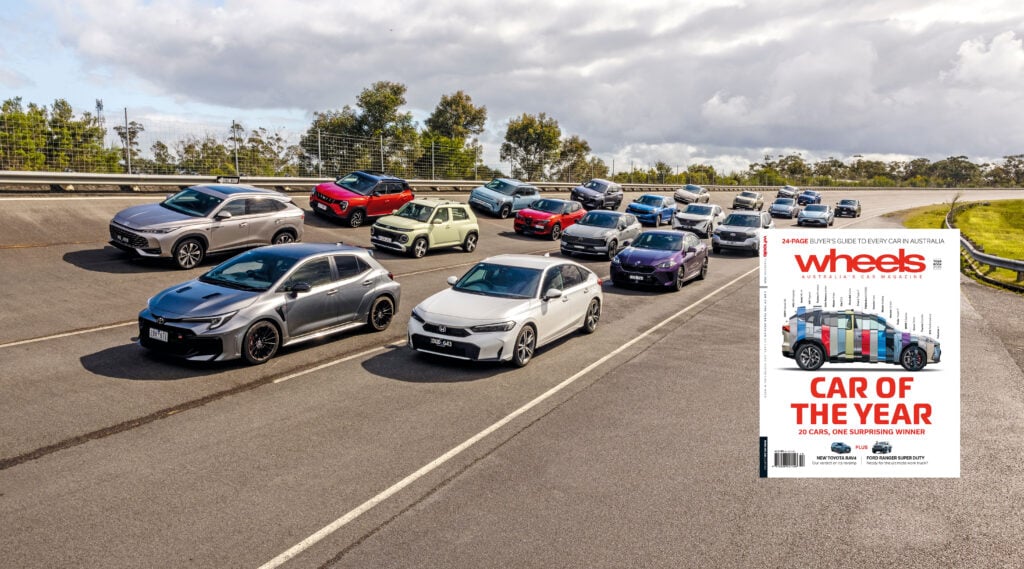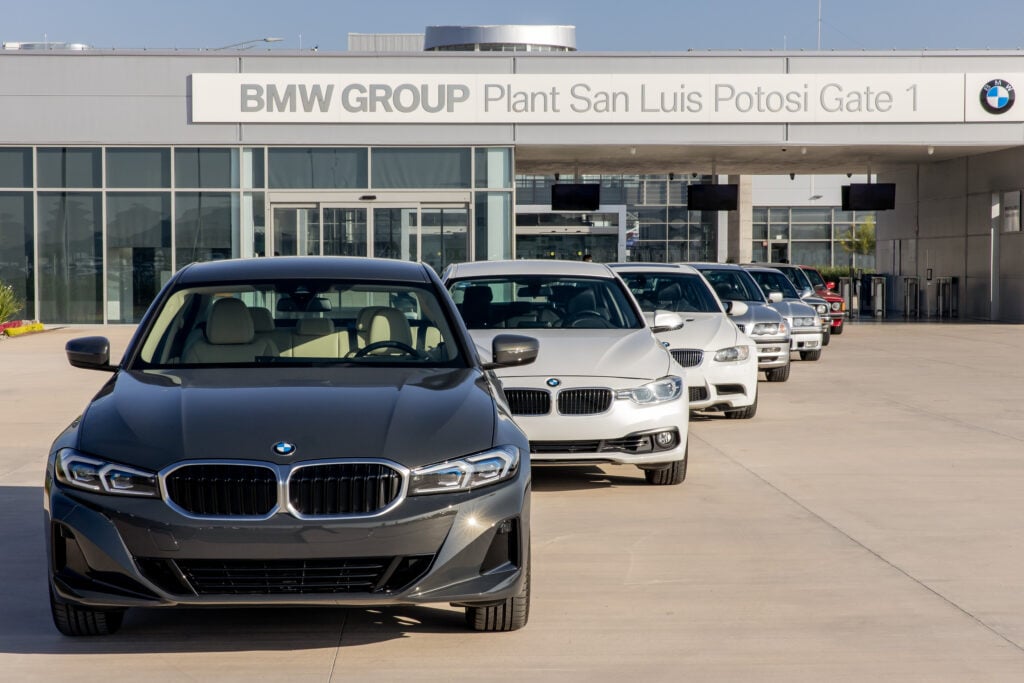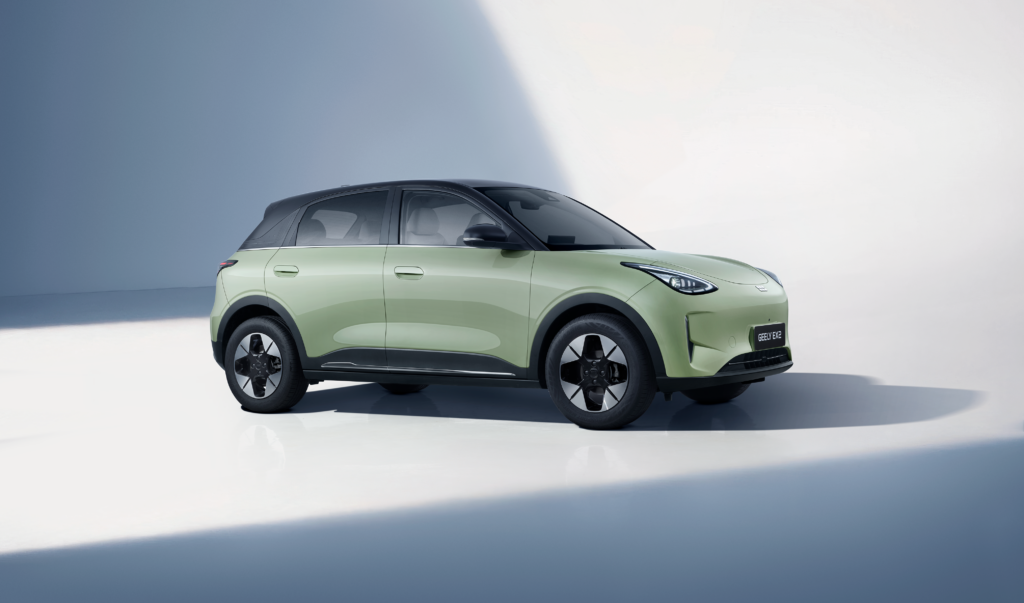A proposed change to how the emissions figures of plug-in hybrid vehicles are calculated in Europe could result in more buyers going fully-electric sooner, new reports claim.
According to UK publication Autocar, new emissions laws in the European Union will effectively kill off any major advantage held by plug-in hybrid vehicles (PHEVs) over their solely internal combustion engine-powered (ICE) and electric vehicle (EV) counterparts.
The utility factor of a PHEV is calculated by blending the CO2 output when driving in ICE-only mode with the energy used while in electric-only mode, resulting in a combined figure which is often well below real-world outputs.
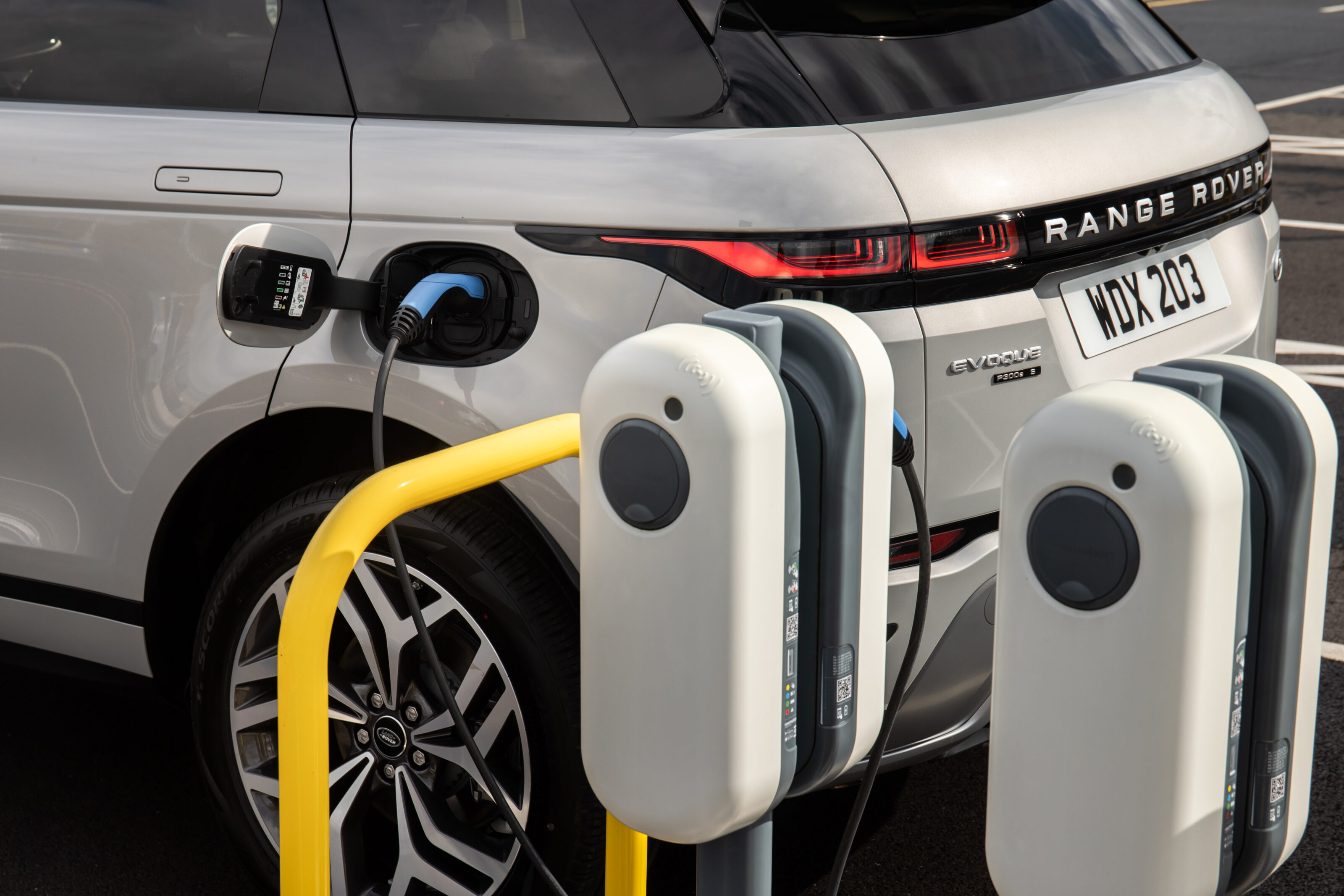
New EU6e regulations, which are slated to come into effect by 2027, will see the UF of PHEVs increased from roughly 800 in 2025 to 4000 by 2027, causing the calculated C02 outputs of a 50g/km PHEV today to jump up to 125g/km in five years’ time.
This not only leaves owners vulnerable to higher taxes and emissions charges in some regions, but it also affects the fleet emissions of manufacturers, forcing them to either develop cleaner and more efficient ICEs to be mated to their PHEV powertrains or implement higher-capacity battery packs into the models, limiting the amount of time the conventional engine is running.
If passed and implemented, the gap between PHEVS and EVs would be narrower than ever, with the latter having the benefit of boasting zero emissions, while also not having to lug around an ICE under its bodywork.
The European Union has already put the wheels in motion to ban the sale of new ICE vehicles from 2035, targeting net zero emissions across the continent from 2050.
We recommend
-
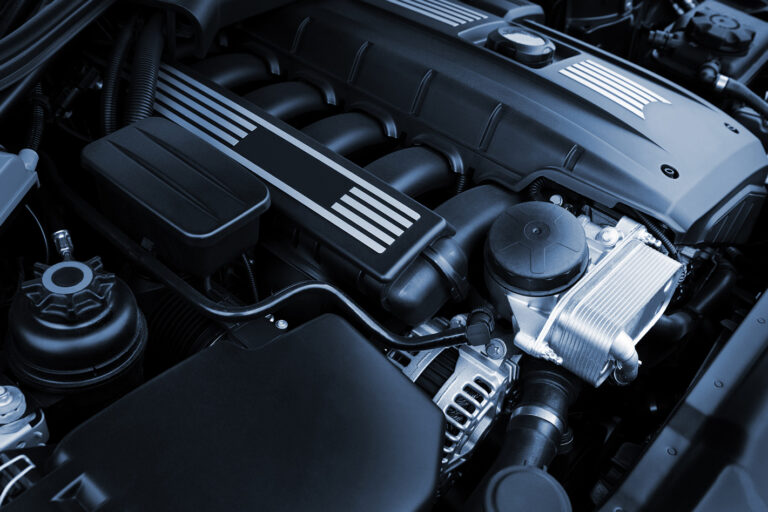 News
NewsEuropean Union ICE ban upheld, set to come into effect by 2035
Members of the European Parliament voted against easing emissions reduction targets
-
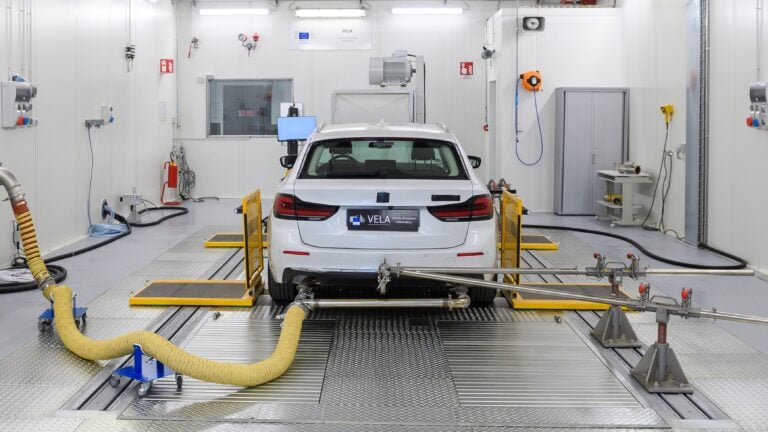 News
NewsEuropean Union expands emissions testing capacity
Two new emissions testing sites will be used to check new cars sold in Europe, in an effort to prevent another Dieselgate
-
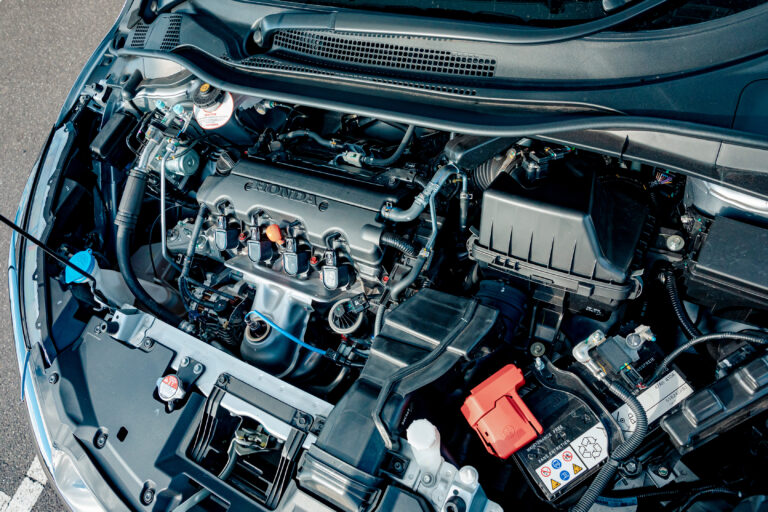 News
NewsAustralia needs to phase out ICE vehicles by 2035 to reach net zero by 2050 say experts
Grattan Institute report shows Australia needs to adopt EU ICE policy to reach net zero emissions goal by 2050




